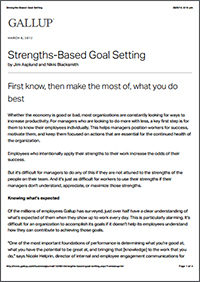Emotional intelligence
These are resources to help strengthen your understanding and guide you towards your own growth journey. Some are resources I have created. Others are articles I found helpful in helping me understand more about topics such as Emotional Intelligence, Leadership, Employee Engagement, Staff Retention and Developing Culture. These are all from the lens of integrating Ontology and the Strengths-Based Philosophy.
Simply click on the thumbnails to download the resources!
Want to skip to the relevant sections? Just click on the tabs.
Emotional Intelligence
The purpose of the emotion of Disappointment is to align our expectations with reality. This emotion is closely connected to our need to make sense of our results when they go south. It is a great teacher when we can learn from the lessons when we experienced disappointment.














































